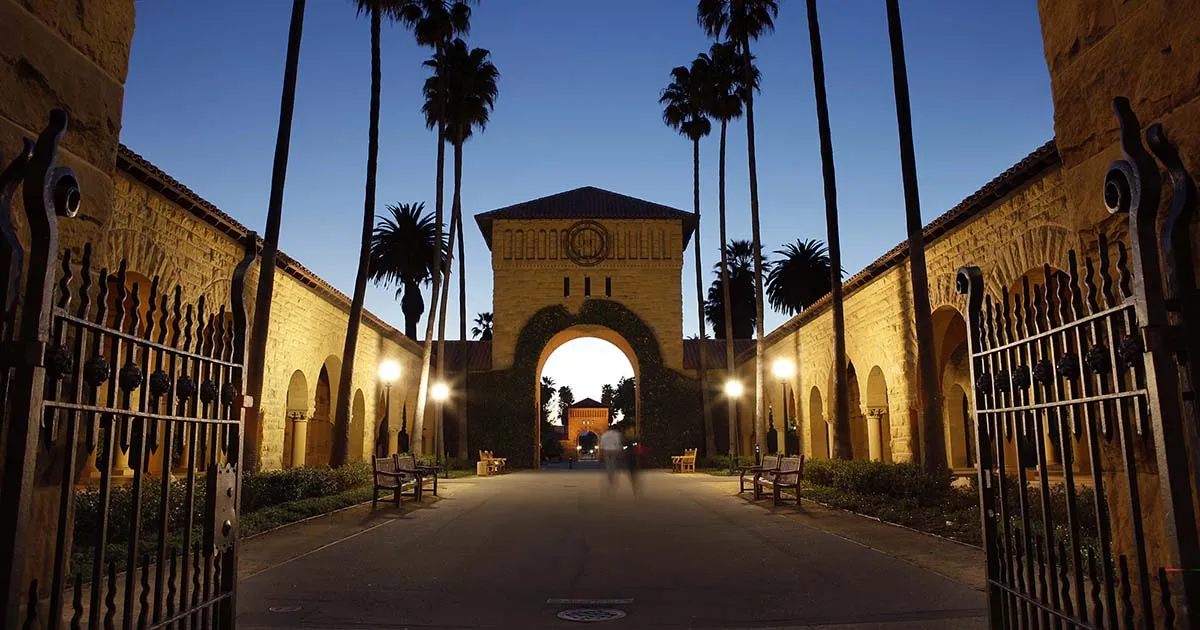Table of Contents
Justice Sandra O'Connor’s legacy rests in her swing vote on the Supreme Court’s 2003 Grutter v. Bollinger decision, which cemented affirmative action. While a decade and a half have passed since the decision was made, her words remain more relevant than ever in light of an ongoing lawsuit alleging Harvard’s admissions discriminates against Asian-Americans: “affirmative action should be a temporary bandage rather than a permanent cure.” In the majority opinion for the case, O’Connor went on to predict that within 25 years, “... the use of racial preferences will no longer be necessary to further the interest approved today.”
African American and Hispanic students “are more underrepresented at top colleges than 35 years ago.” Affirmative action has failed to resolve the bleak reality in which underprivileged and minority students lack equal access to higher education due to inadequate preparatory K-12 education. Moreover, as the ongoing lawsuit shows, under the current system, millions of students are actually penalized on the basis of their race every year.
In an earlier op-ed for The Review, Annika Nordquist and Jose Antonio Avalos detail how affirmative action actually normalizes racism and discrimination in American colleges and is not a panacea for low minority representation. However, removing affirmative action without overhauling the American public education system could have abhorrent implications.
Oxford University — a prime example of an elite institution devoid of racial or affirmative action program — conceded that more than a third of its colleges have admitted less than three black students in the past three years. Last year, the University admitted more students from a single private school than it did black students in total. Instead, the root educational inequities that minority students face should be addressed, allowing colleges to make affirmative action an antiquated artifact.
Recently, a milestone United States Commission On Civil Rights report demonstrated that the educational inequalities that created the need for affirmative action still persist across racial lines in America. This is the result of decades of rampant racial segregation, stemming from redlining and homophily, and unequal educational funding in public schools: 77 percent of Hispanic students and 73 percent of African American students attend majority color schools, while 88 percent of white students are enrolled at schools that are at least half white. These racially segregated school districts are remarkably short of equal. School districts serving predominantly students of color “receive about $2,000 less per-pupil than districts who serve fewer students of color." Since K-12 funding is about $16,000 per student, school districts composed of predominantly students of color have about 15 percent less spending capacity to draw from. This reduced spending creates significant gaps in the quality of education accessible to minority and white students. For example, while only 33 percent of majority minority schools offer advanced math courses such as calculus, 56 percent of predominantly white high schools offer these courses. This lack of funding and the resulting lack of resources create serious hurdles for minority students’ futures: a 20 percent decrease in per-student spending can lead to 25 percent lower earnings and a 20 percent higher incidence rate of poverty.
While Title VI of the Civil Rights Act of 1964 disallows discrimination on the basis of “.. race, color, or national origin…” in federally funded programs, the Supreme Court ruled in San Antonio Independent School District v. Rodriguez that states have no constitutional obligation to provide public education to all. The case began when a father named Demetrio Rodriguez, whose sons attended a dilapidated elementary school in a poor area of San Antonio, sued Texas and argued that unequal funding of schools violated the constitution’s equal-protection clause. Rodriguez unsuccessfully asked justices to apply the logic of Brown v. Board of Education—that all students are guaranteed equal educational opportunity. Due to the 5-4 decision against Rodriguez in 1973, almost half of funding for American public schools today is drawn from local property taxes. With more money for education as a result of higher taxes in richer white communities, this bias results in inequitable funding of predominantly minority schools. Since equal access to education is not a constitutional right, these discrepancies are not federally questionable and are completely legal in states that do not ensure equal funding for students.
We are more than half way through the Supreme Court’s grace period to redress the underlying issue of unequal access to education. Yet, access to quality education in America often hinges on a child’s zip code and the very antidote to the problem appears to have turned into a tool for racial discrimination against high achieving Asian students. Stanford has expressed staunch support for the defendant, Harvard, but has not sufficiently commented on the clear inequalities that still plague our educational system. In the long run, Stanford, Harvard, and other elite institutions should push for an increase in federal and state level funding of K-12 schools and a complete elimination of local funding. This shift would create incentives to bolster statewide and federal funding, laying the foundation for high quality, equal educational opportunity in all schools regardless of the racial and socioeconomic composition of local communities.
The Trump administration’s push to roll back affirmative action without addressing the underlying issues that first created the need for affirmative action would render decades of affirmative action futile. Our educational system would still be as flawed as it was pre-affirmative action, and the students of color bearing the consequences would be even less represented at elite institutions. Eliminating funding of schools through local property taxes would push high income communities to become invested in statewide educational quality rather than that of their localities. This would eliminate the unequal funding that minority students must endure and provide them with more equal footing to pursue higher education without affirmative action. Such a system would support the premise of Brown v. Board of Education, while mitigating racism and inefficiency in the current system and paving the way for Justice O'Connor’s recommendation to phase out affirmative action completely.









